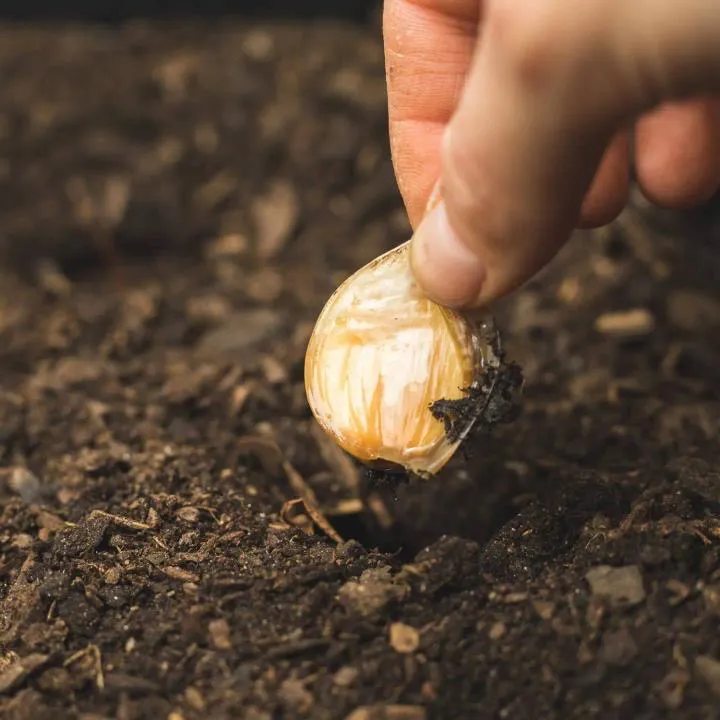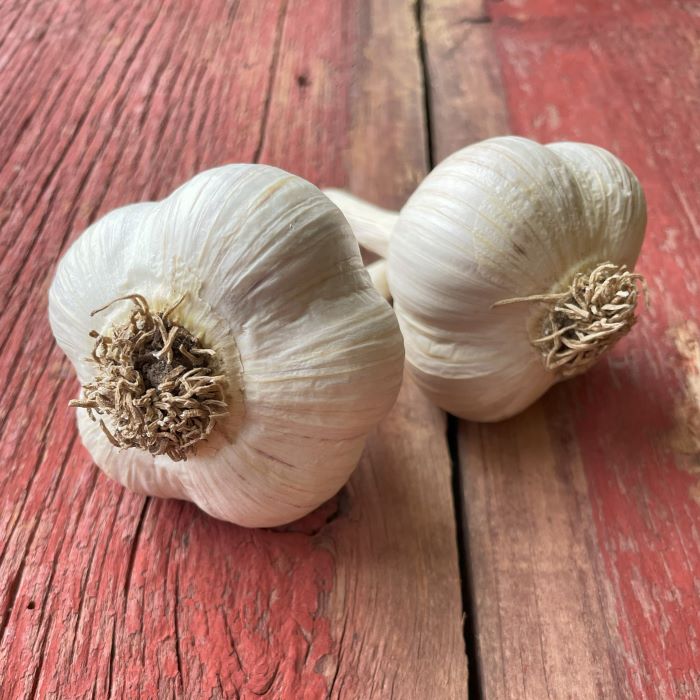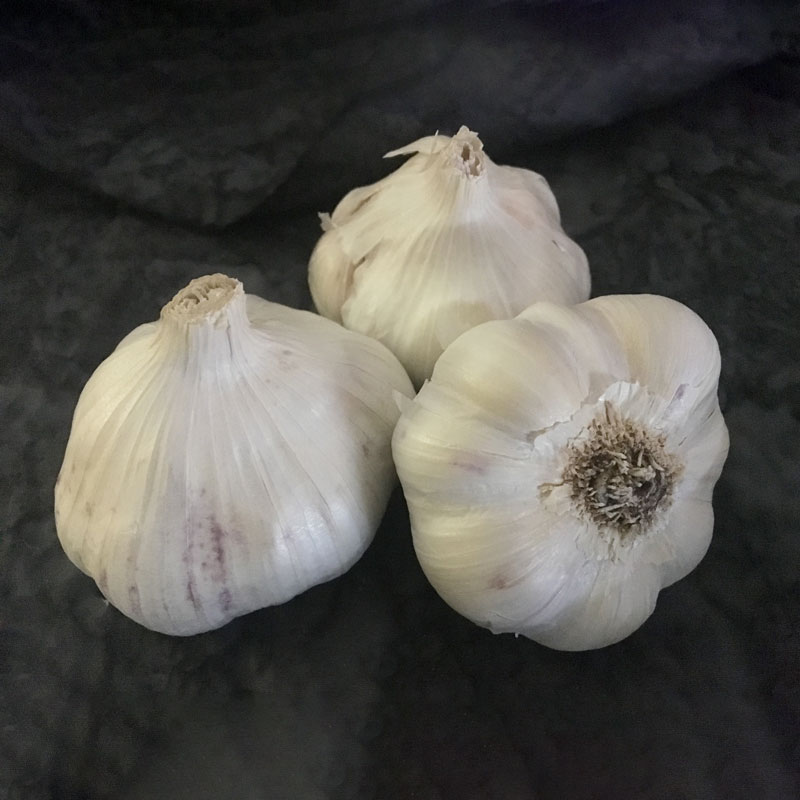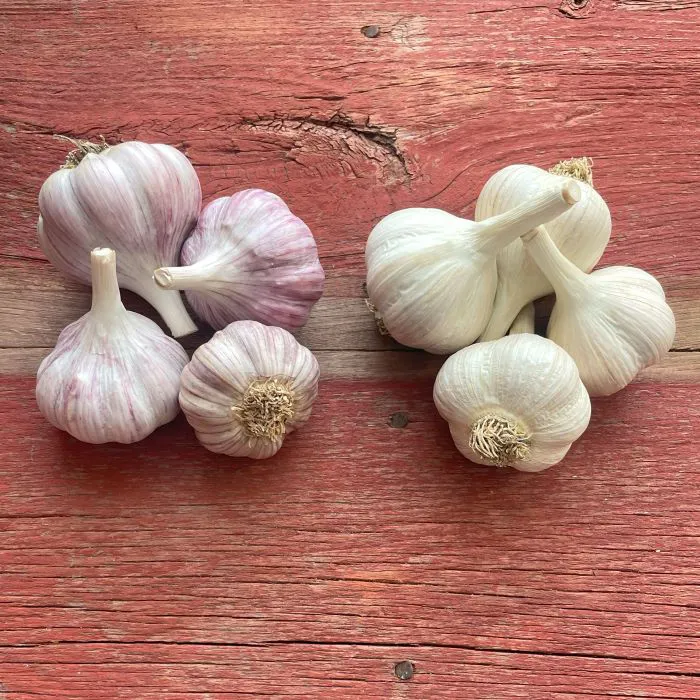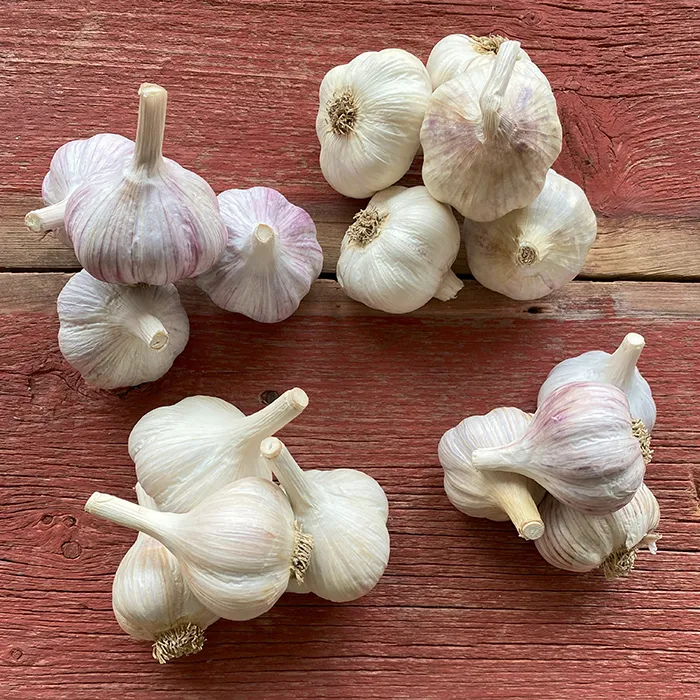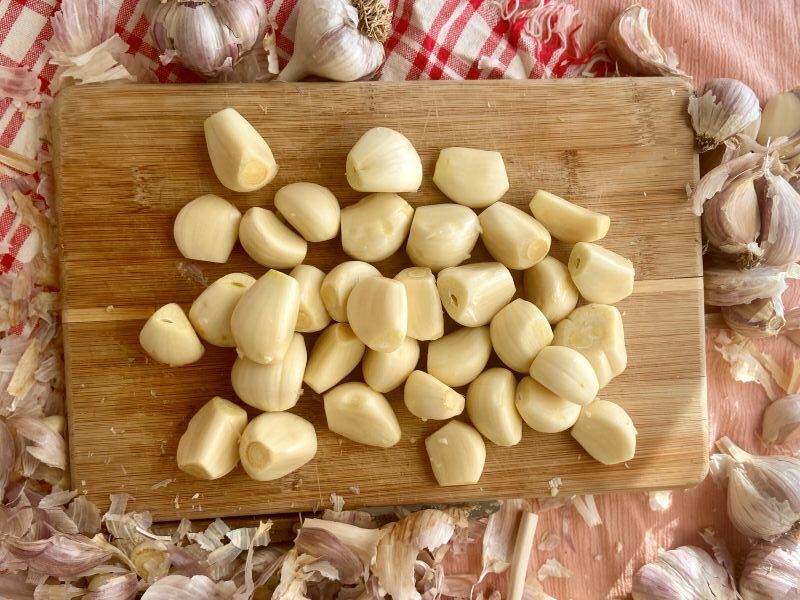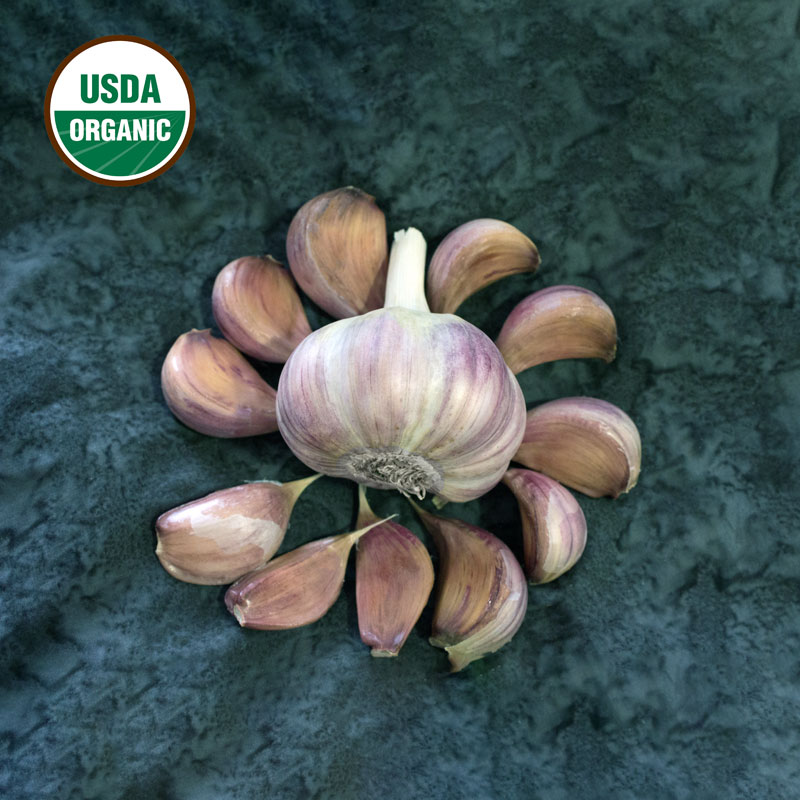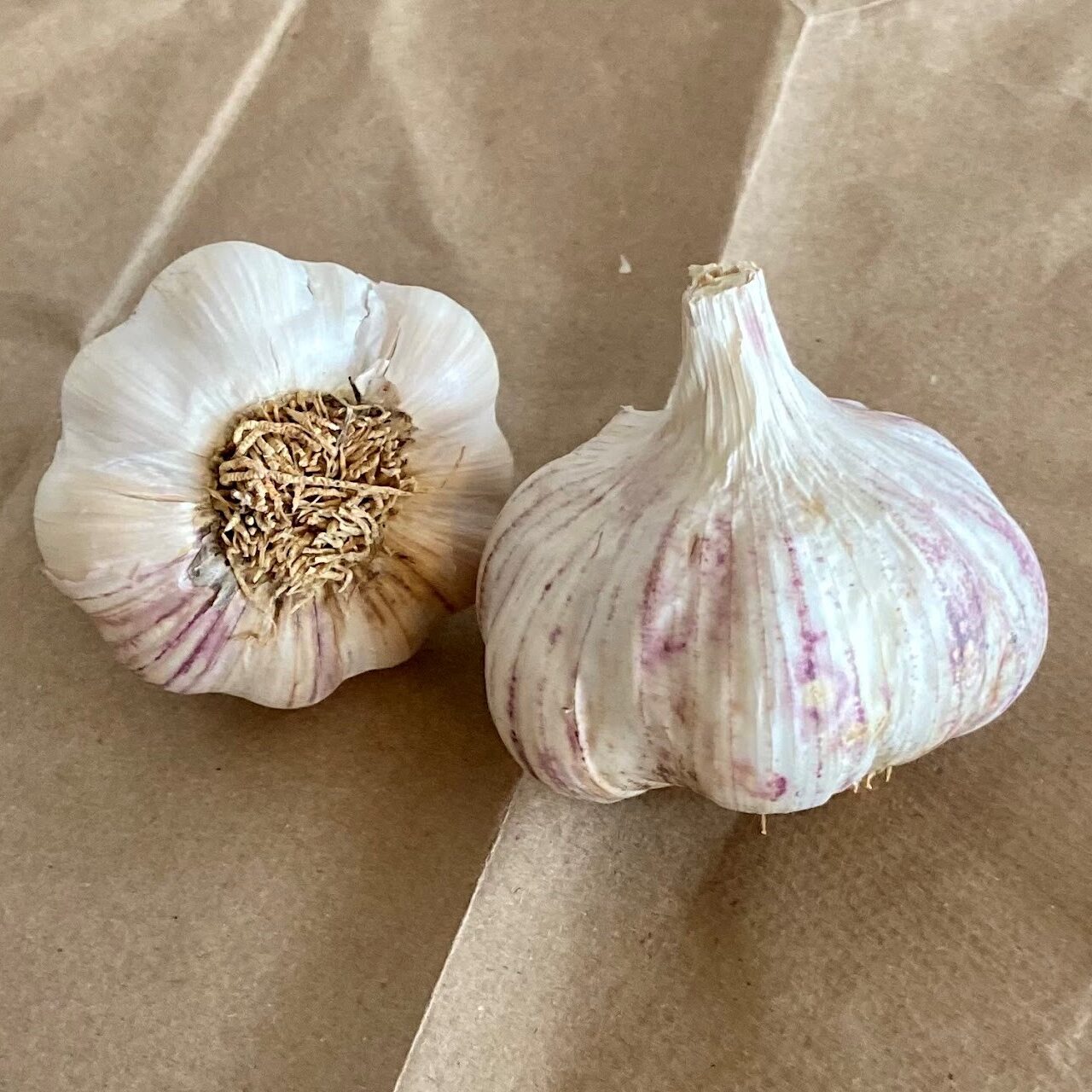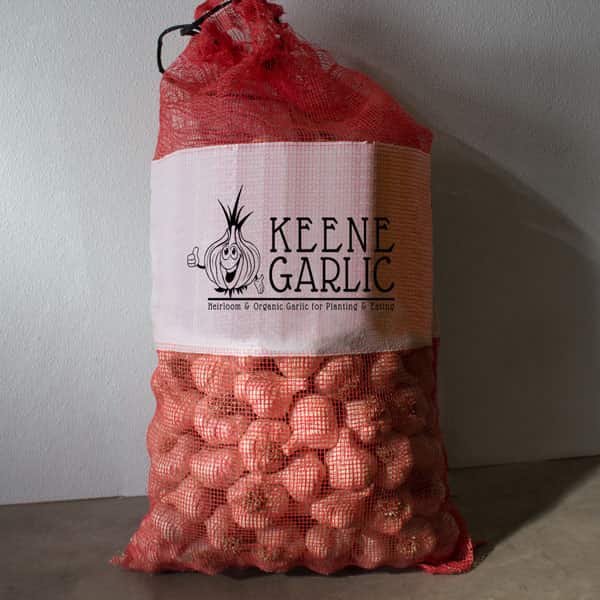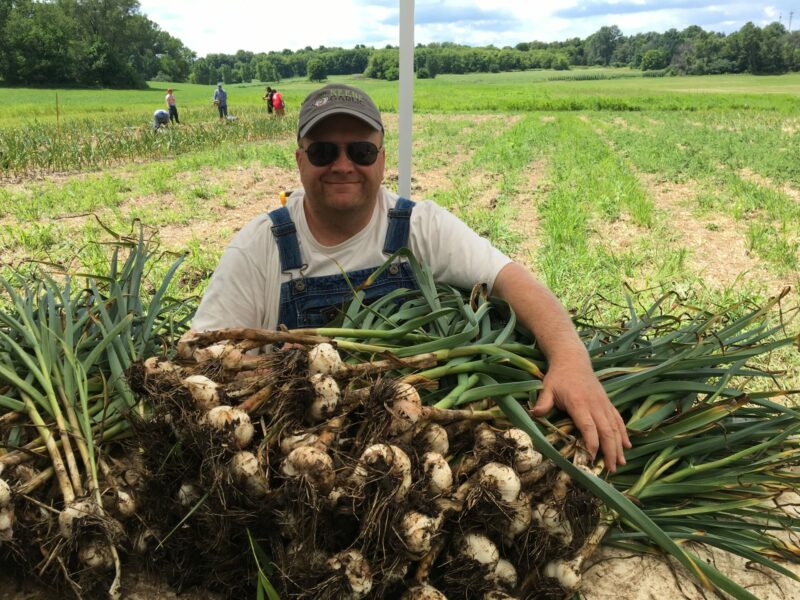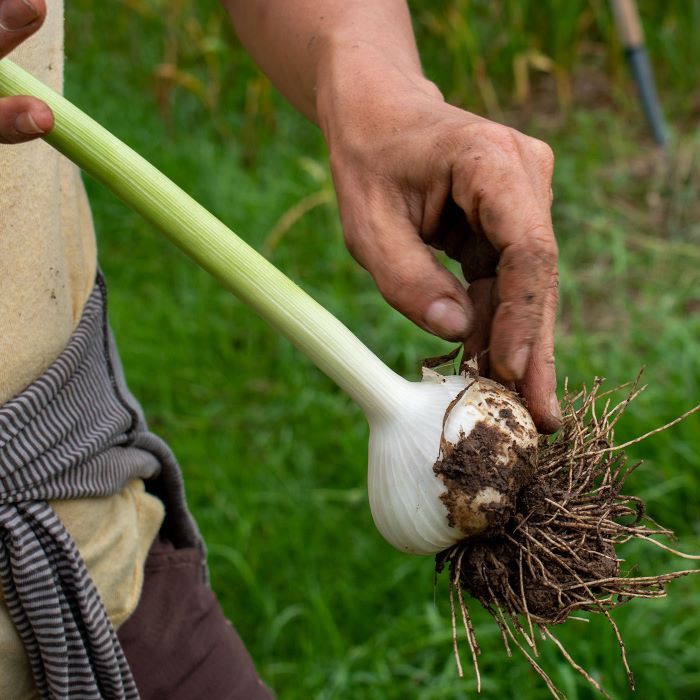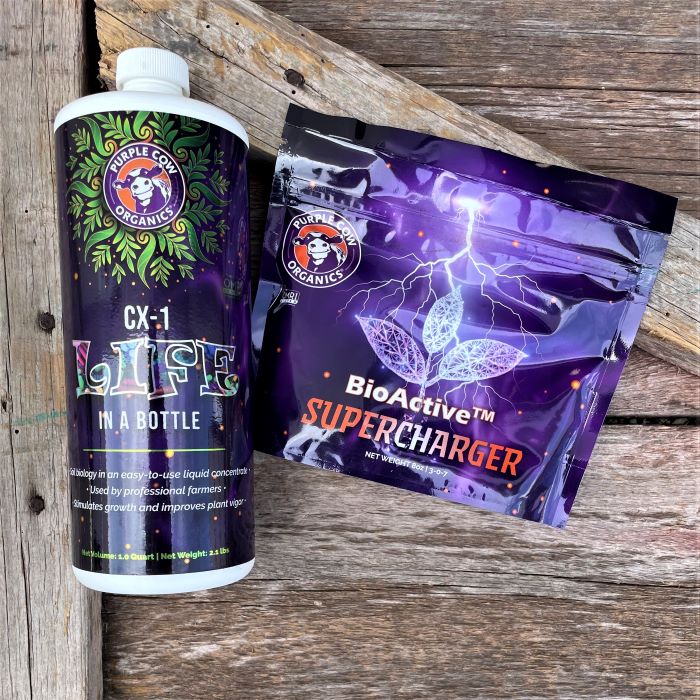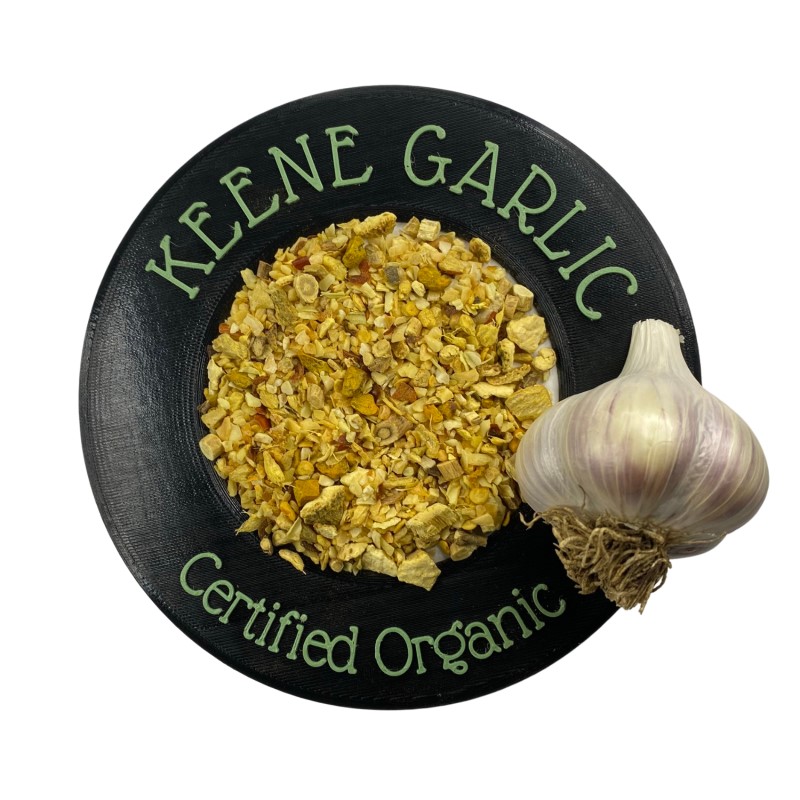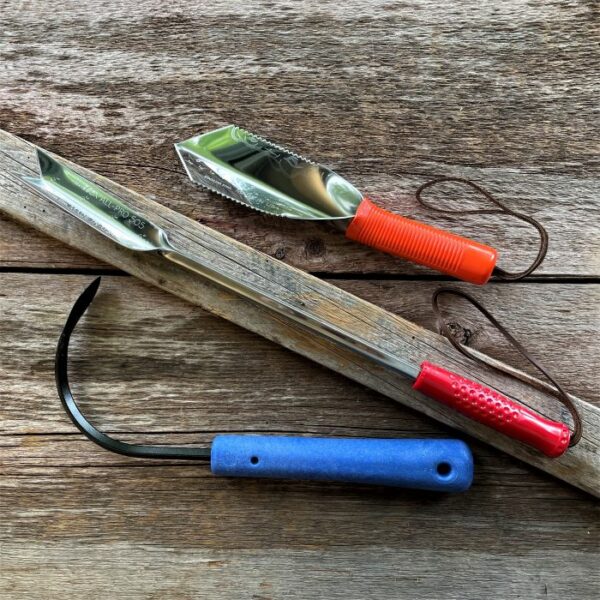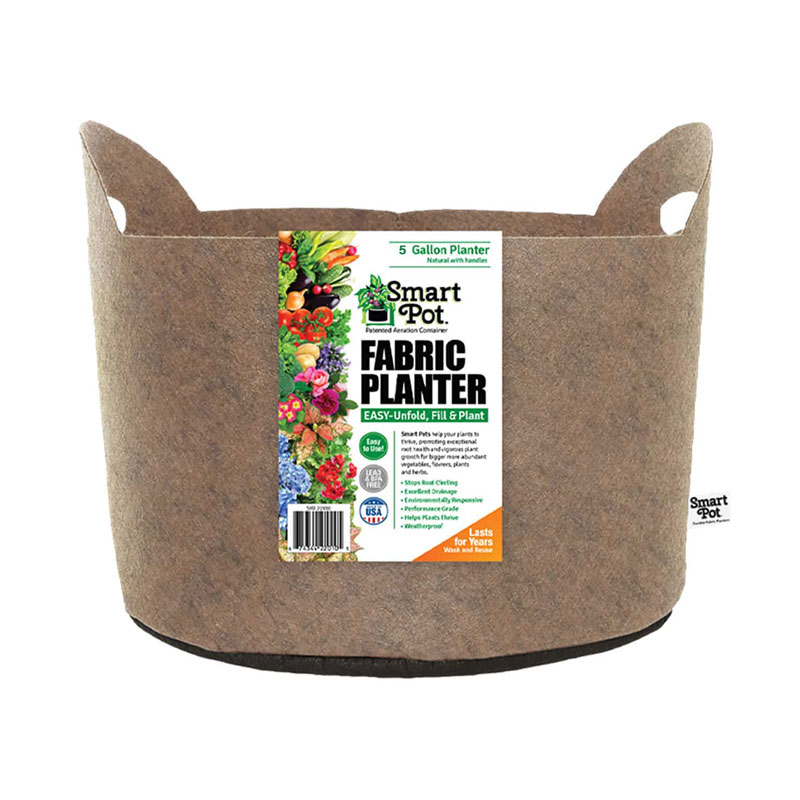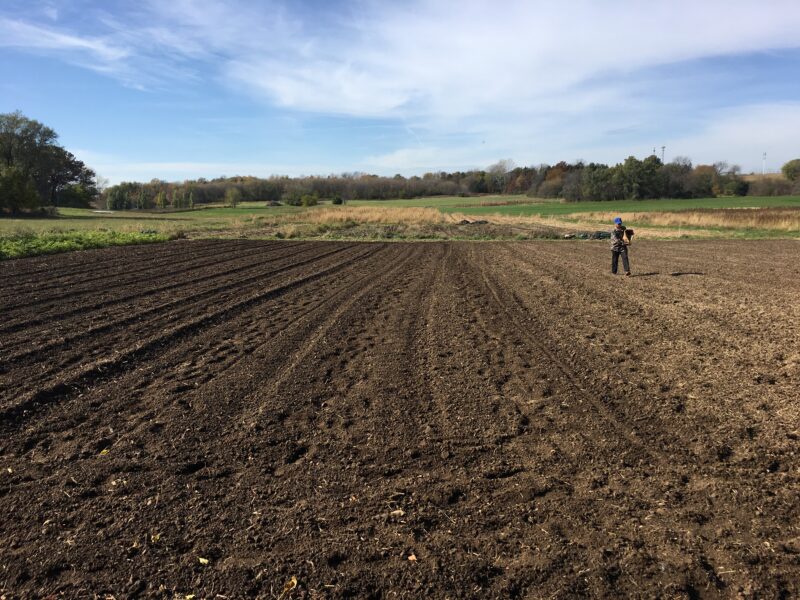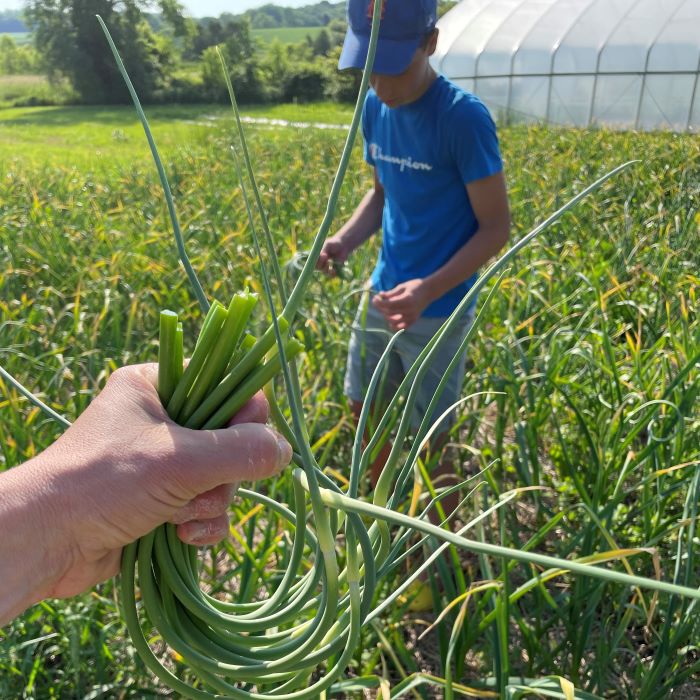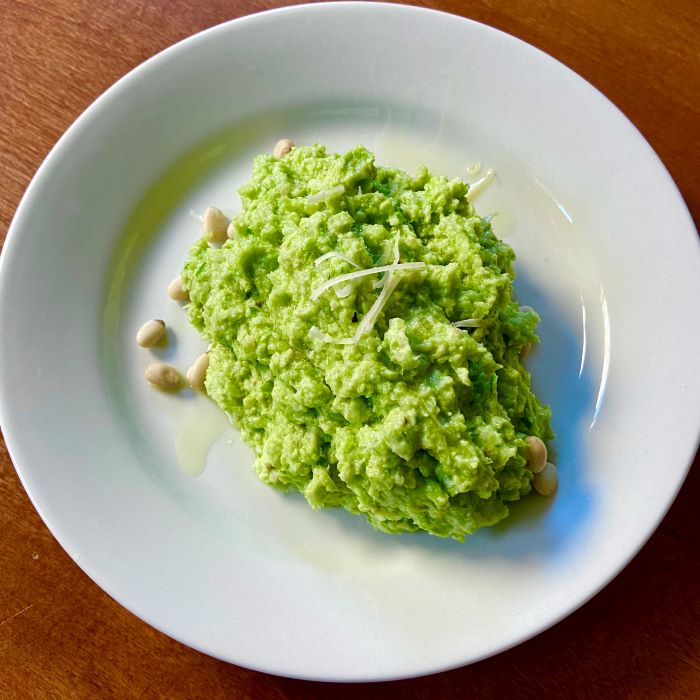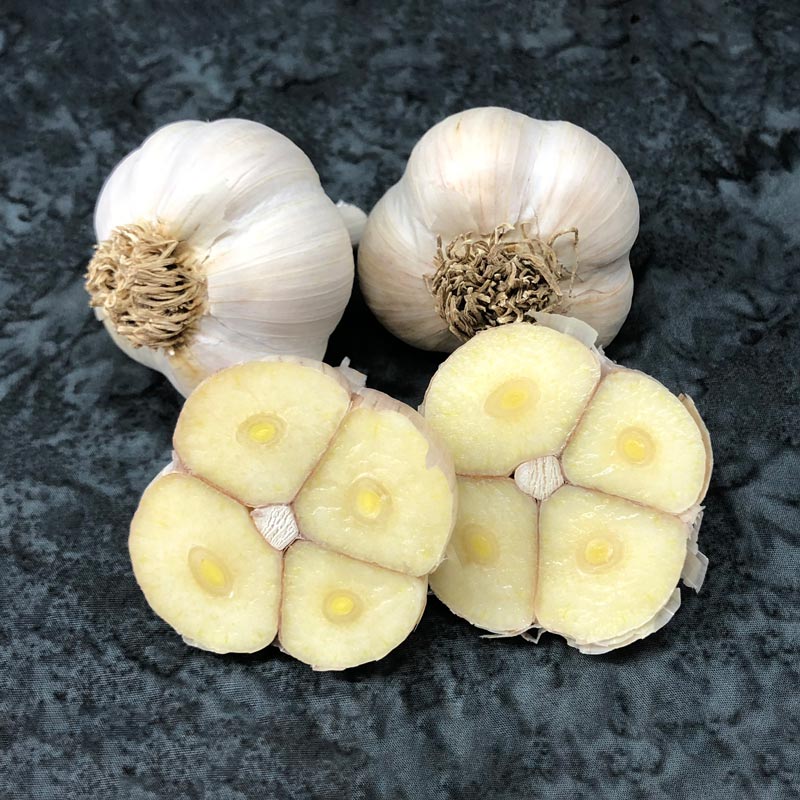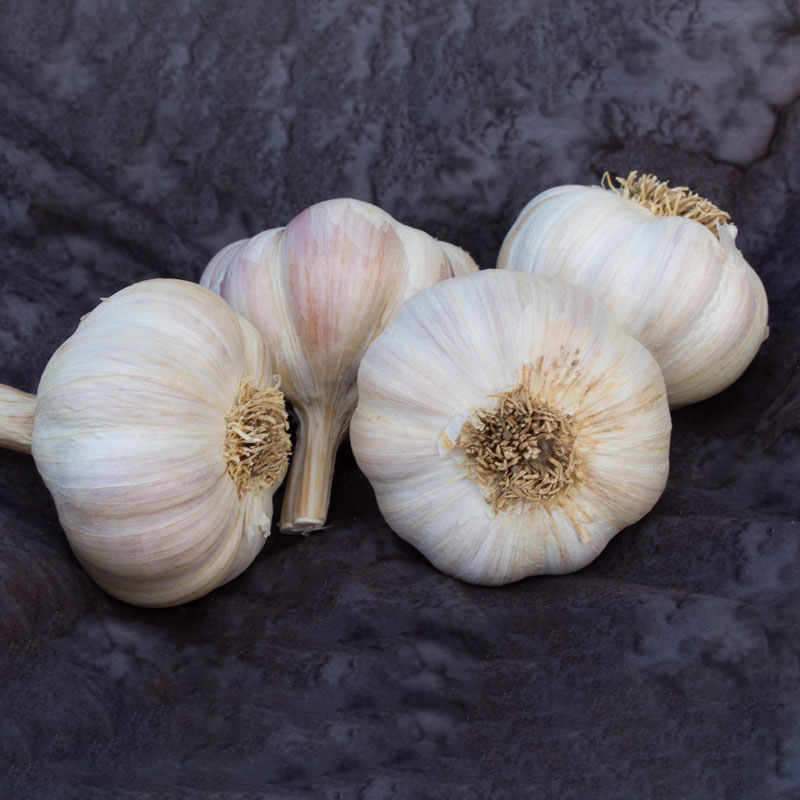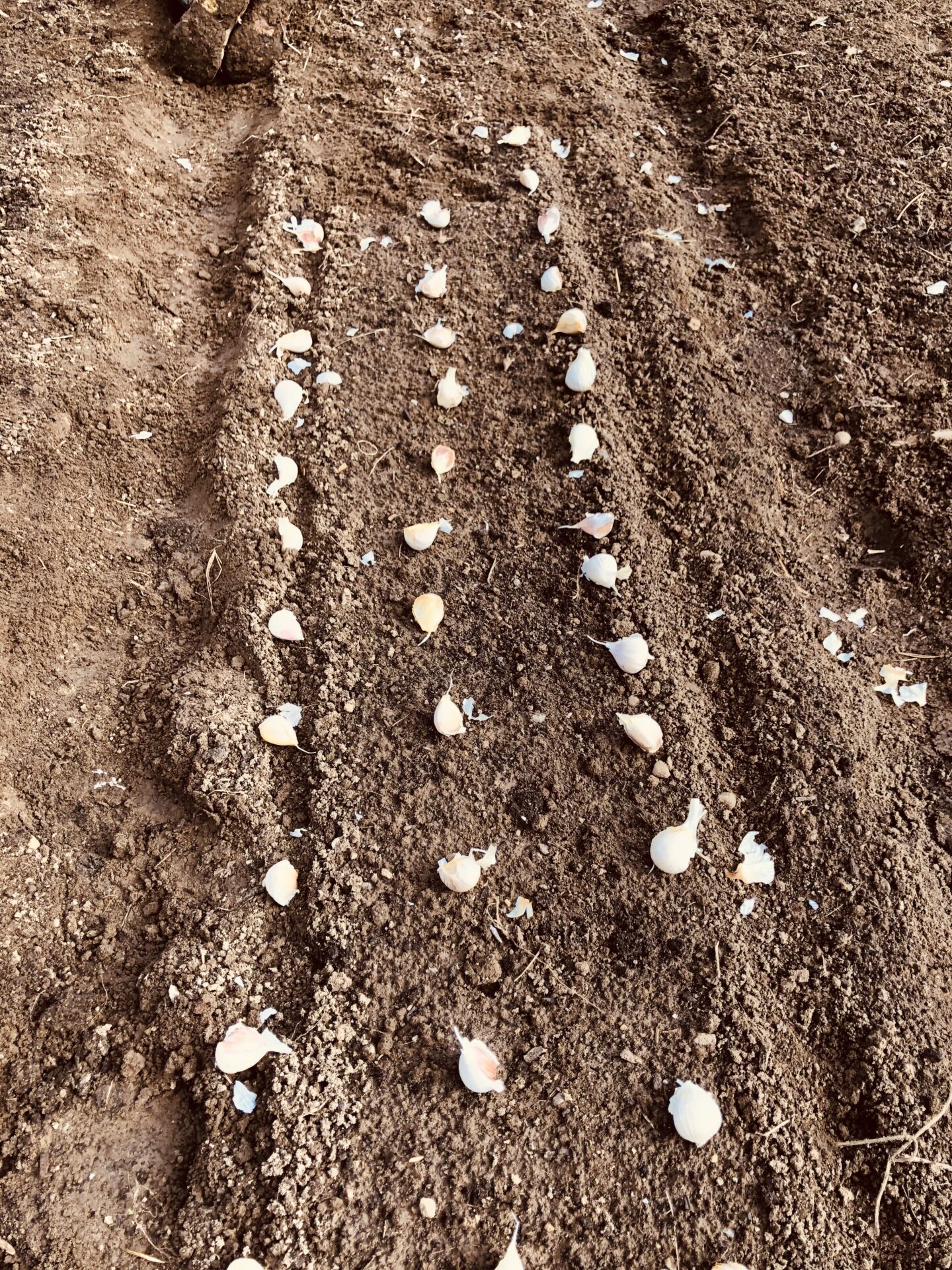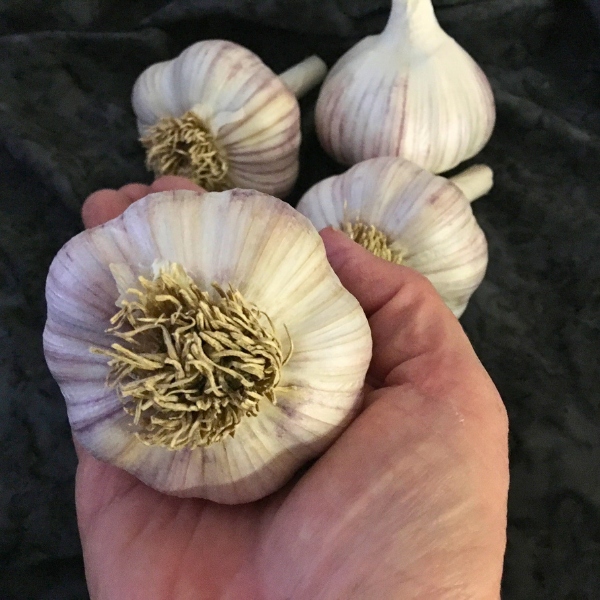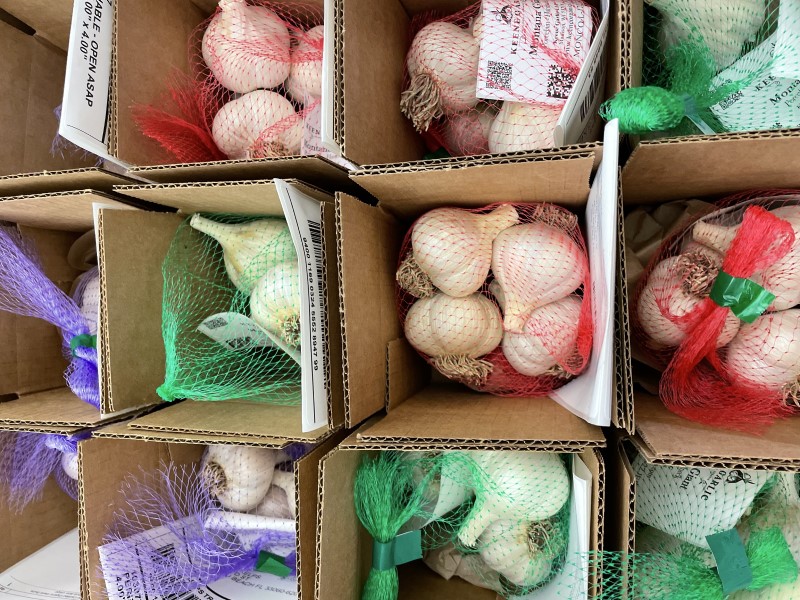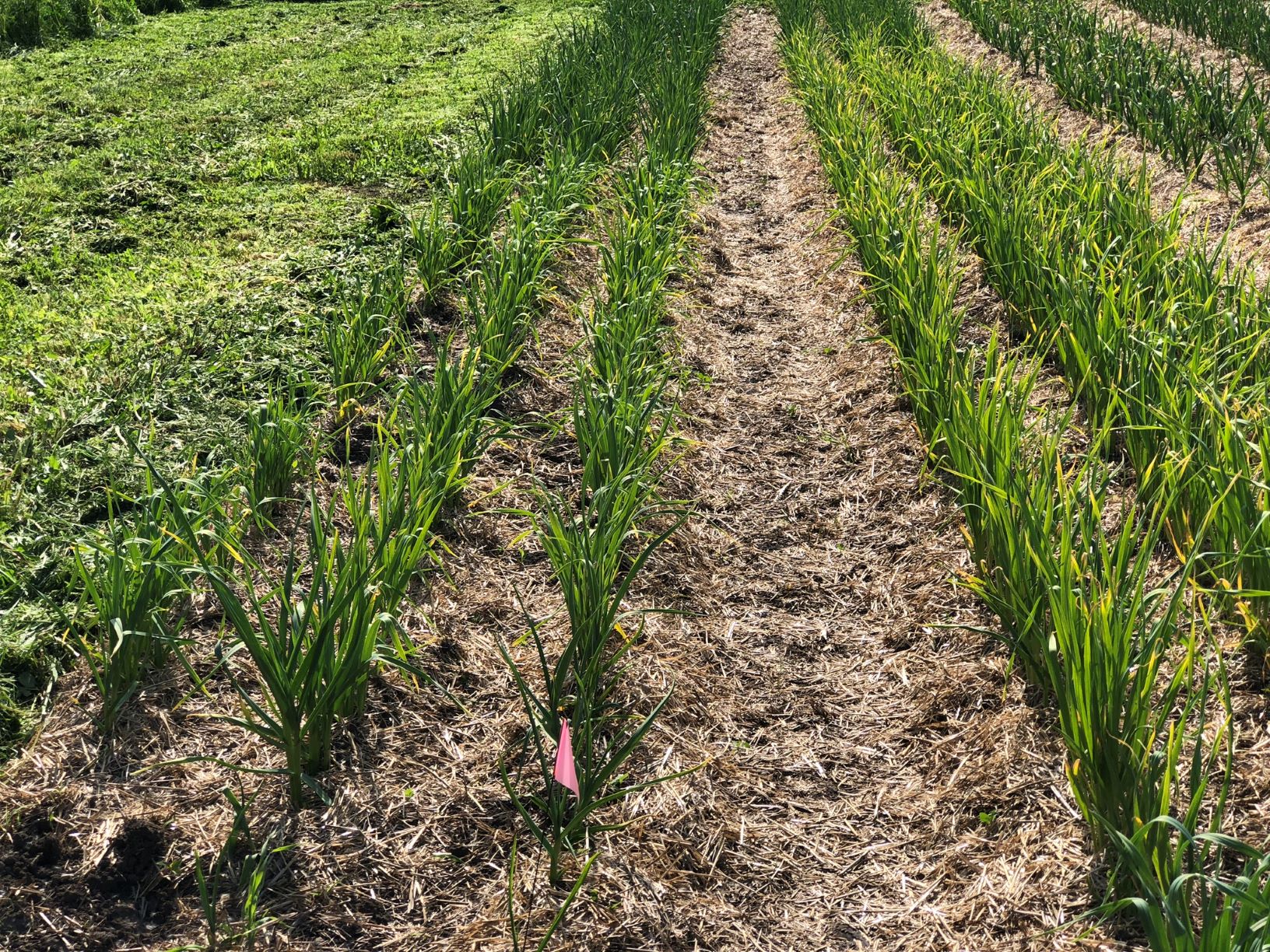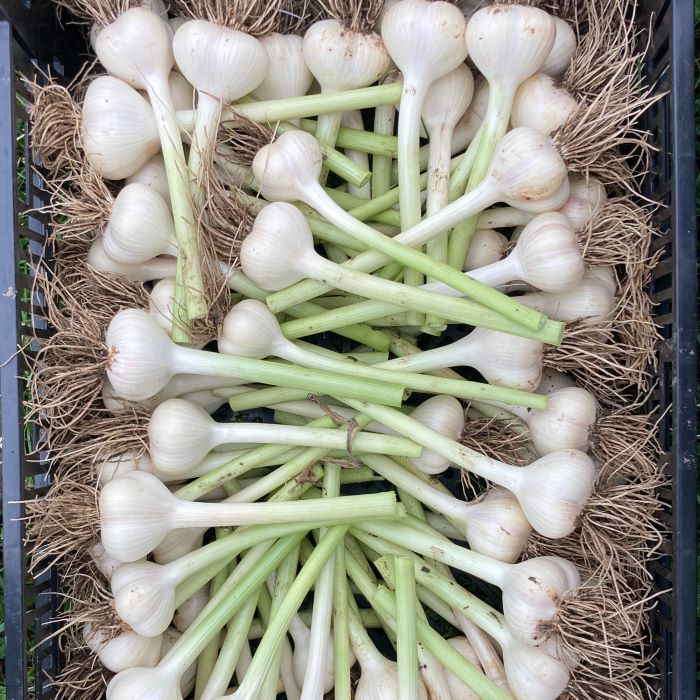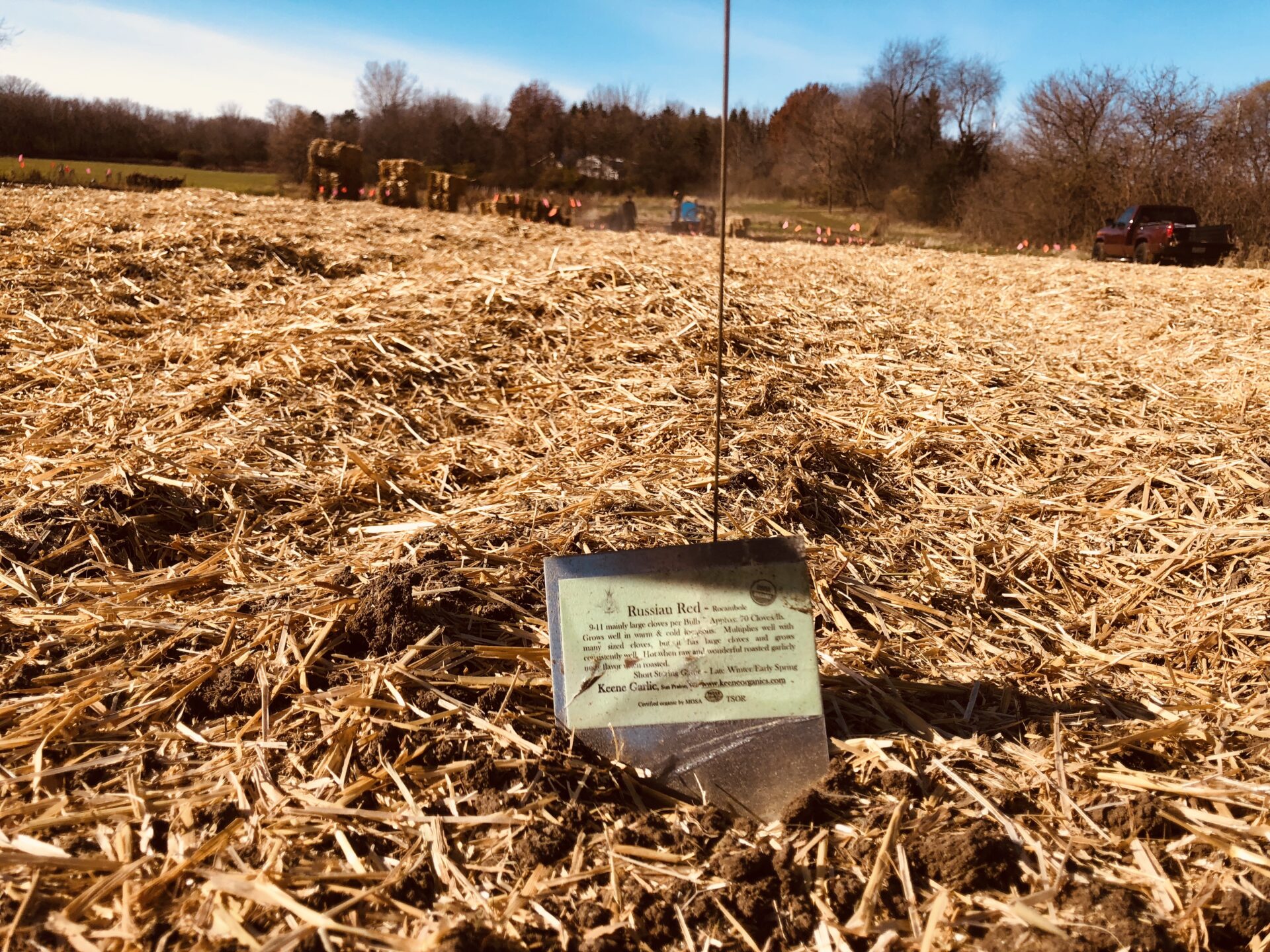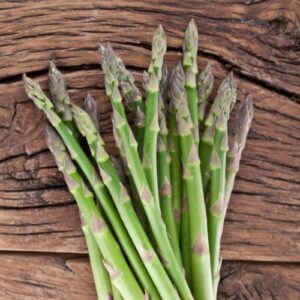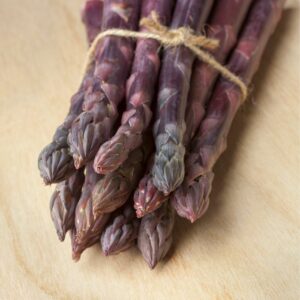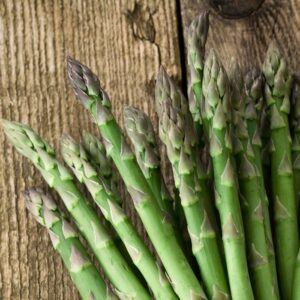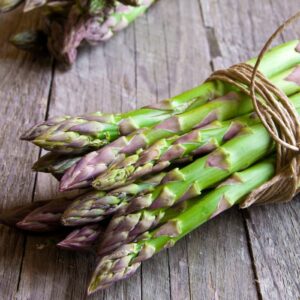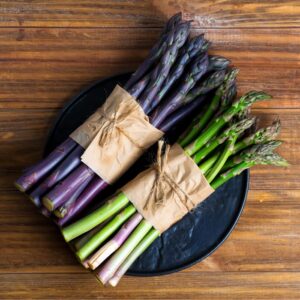Asparagus
Asparagus Crowns
Keene Garlic now offers Naturally Grown, Non-GMO Asparagus Crowns for spring planting.
Spring Pre-Orders Begin in January!
Asparagus Crowns begin shipping in March. Choose your ship date upon checkout.
For more information: Keene Garlic Seasonal Order Shipping Guide.
Keene Garlic’s 2-year asparagus crowns are a great addition to your spring garden. These high-quality asparagus crowns are grown from seed and left in the field for 2-3 years and are estimated ready for light harvest the following spring.
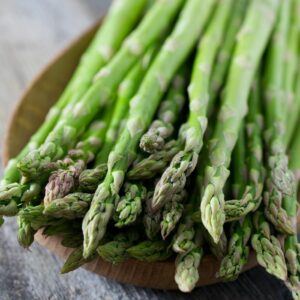 About Asparagus
About Asparagus
- Perennial Crop- Harvest tasty spears for many years to come!
- 2-year crowns- Plant in spring & begin light harvest the following spring.
- Easy to Grow!
- Hardy from zones 4-8. (Millennium is hardy to zone 3)
- Spears can be frozen &/or canned to extend your enjoyment.
- Non-GMO & Non-Treated
- A springtime treat!
Asparagus will arrive as dormant, bare root crowns. For best results, plant as soon as possible. If you are not able to plant immediately, remove all packaging & gently loosen the crowns. Gently cover with newspaper and store in a cool location out of direct sunlight and wind until you can plant.
Basic Asparagus Growing Info
- Location Considerations: Asparagus requires full sun. Since asparagus is a perennial and can continue to produce for up to 15+ years, choose a spot where it will not get disturbed.
- How Many to Order: Wondering how much asparagus to grow? Established asparagus plants produce about 1/2lb. of spears per bed foot in spring/early summer. If you are just getting asparagus established for the first time, we would recommend 5-10 crowns per person. (covers 15-30 row feet) If space is not an issue, grow more asparagus as it is easy to can or freeze.
- Soil Type: Asparagus prefers well-drained soil. We do not recommend mulching or fertilizing your asparagus until the roots are established. Be sure not to plant in any media containing bark or wood chips. Do not plant into containers smaller than 1 gallon.
- Planting Time: Plant asparagus crowns in the early spring, as soon as the soil can be worked. Many folks plant asparagus about the same time as potatoes go into the ground. This time will vary by region. Check with your local Extension office for information specific to your area.
How to Plant & Care for Asparagus
- Dig a trench that is 12-18 inches wide and 8 inches deep. Trenches should be spaced 2-3 feet apart. It is recommended, but optional, to add a layer of compost and/or an all-purpose fertilizer at the bottom of the trench. (Check out our Veggies Organic Fertilizer Products)
- Lay the root flat in the bottom of the trench with the crown, or top of the root, upright in the middle with “tentacles” spread evenly in each direction.
- Space plants in the trench so “tentacles” touch, approximately 12-18 inches apart.
- Put only 2-3 inches of soil on top at planting time. Add more soil incrementally as the spears grow.
- Water immediately after planting.
- Keep the asparagus bed free of weeds.
-
Allow plants to establish a healthy root system during the planting season by letting all spears grow fully. They will produce fern-like growth, up to 4 feet, depending on the variety. Do not add mulch at this time.
Spring Care & Harvest
-
In the spring, cut the dead foliage back before the first spears emerge.
- Begin harvest for about 2 weeks the first year. In subsequent years, increase your harvest time gradually until you get to a 6-8 week harvest window.
- Harvest when spears are 6-8 inches long. Eat immediately or store in the refrigerator in a plastic bag for up to a week.
- After the harvest window, allow the plants to fern out and gather energy for the following spring.
*NOTE: First sprouts usually appear within 2-6 weeks of establishing an asparagus patch, depending on soil temperatures & moisture level.
See Our Asparagus Blog for more information!
*It is the purchaser’s responsibility to ensure that the items selected will grow in their USDA hardiness zone and to choose appropriate ship dates. Local Extension offices are great resources for gardening information specific to each region and are highly recommended.
Showing all 6 results
-
Sold Out
Viking KB3 Asparagus Crowns
$23.98 – $129.98 Select options This product has multiple variants. The options may be chosen on the product page -

Sold Out
Jersey Knight Asparagus Crowns
$23.98 – $129.98 Select options This product has multiple variants. The options may be chosen on the product page -
Sold Out
Purple Passion Asparagus Crowns
$23.98 – $129.98 Select options This product has multiple variants. The options may be chosen on the product page -
Sold Out
Mary Washington Asparagus Crowns
$23.98 – $129.98 Select options This product has multiple variants. The options may be chosen on the product page -
Sold Out
Millennium Asparagus Crowns
$23.98 – $129.98 Select options This product has multiple variants. The options may be chosen on the product page -
Sold Out
Asparagus Crown Sampler Naturally Grown
$24.98 Read more
